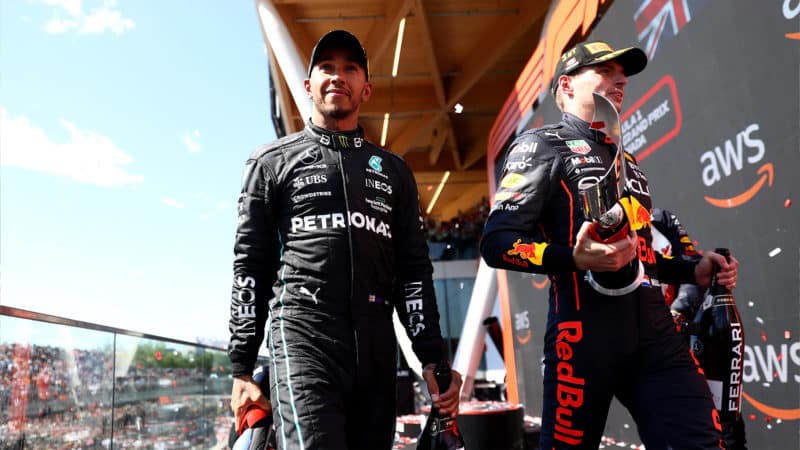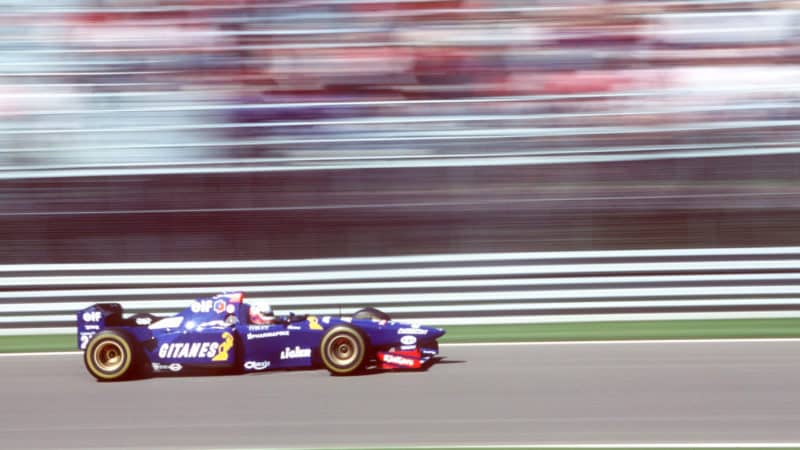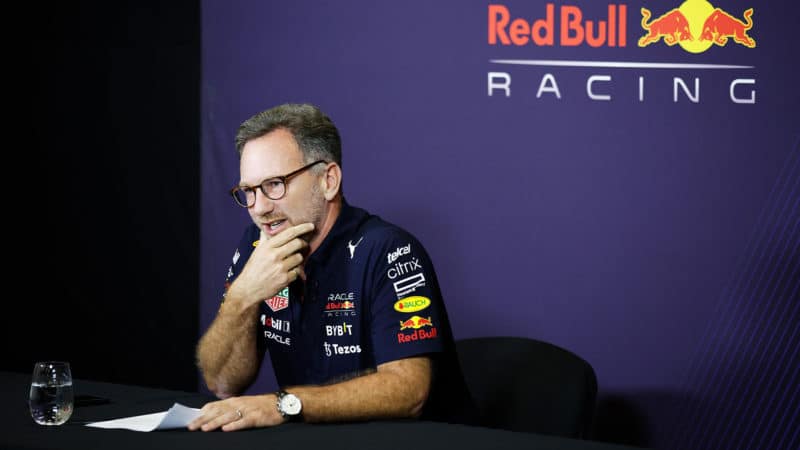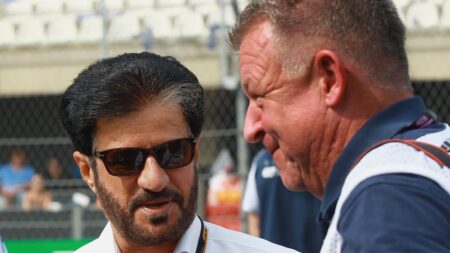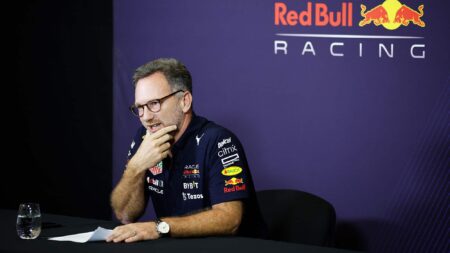“There is another problem in that, since there is no budget cap reduction in the penalty, the basic effect is to push the competitor to spend the money elsewhere. It has total freedom to use the money it can no longer spend on use of the wind tunnel and CFD due to the 10% reduction, on reducing the weight of the car or who knows what else. Our concern is that the combination of these two factors means the real effect of the penalty is very limited.”
You can argue until the cows come home about the penalty fitting the crime, or not, but this sort of thing was always going to happen. And it’s all very confusing to grasp. It’s probably fair to say that the only ones with a credible opinion on the scale of the penalty will be those who head up the aero departments of 10 F1 teams. And, depending on the size and facilities of such departments, even their opinions are likely to be divided. So, what chance the man in the street?
Cost cap only works if you factor in drivers
I’m sorry if I can’t get too excited about Red Bull spending an extra four hundred and thirty grand when, at one end of the scale, you pay drivers such as Max Verstappen and Lewis Hamilton a reputed £40m per annum, which is not even factored into the assessment, while, at the other end of the spectrum, you’ve got Nicholas Latifi. Notwithstanding, with all due respect to Nicholas, that had he not been there, Williams might not even be around to worry about budget caps at all!
Viewed in light of McLaren‘s $100m fine, Red Bull has no real cause for complaint
What’s a Max or a Lewis worth? Probably around three-tenths per lap would be a fair assessment. For me, it only really works if, like dear old Skewie, you have to factor in every element. In the National Football League in the USA they have a salary cap (limitation on a team’s total salary spend) but even that doesn’t include coaches and so forth. And, predictably, any previous suggestions about F1 going down a similar road went down like a lead balloon with the sport’s superstars…
How draconian is Red Bull’s penalty? That depends on your perspective. Have 15 years really gone by since McLaren was fined $100m for being in possession of Ferrari’s intellectual property? Viewed in that light, Christian and Red Bull have no real cause for complaint.
On the other hand, if it’s correct that McLaren boss Ron Dennis was told that $5m was for the offence and $95m was for being a **** then that puts a slightly different slant on things! It’s what FIA president Max Mosley is alleged to have whispered in Ron’s ear as they shook hands for a PR shot at McLaren’s Brand Centre on resolution, Ron with a face like he’d been sucking a lemon. The words were subsequently denied by Max in his autobiography as he claimed that it was, in fact, Bernie Ecclestone who said it…
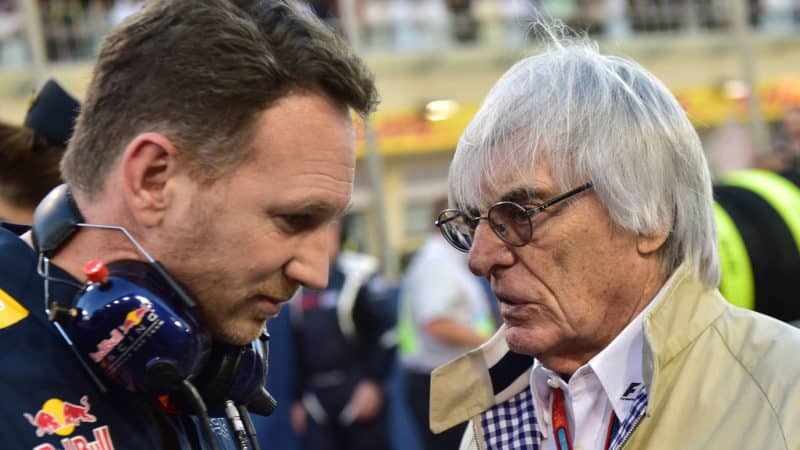
Horner with Ecclestone: the former F1 boss might have come up with a more creative punishment
Andrej Isakovic/Getty Images
Who knows what might have happened in the Max era? They may even have got their calculators out and concluded that if they swiped 25% of Max and Red Bull’s championship points they could contrive a championship for the rest of the season! A bit like 1994, although many will argue that Benetton deserved it.
Don’t knock F1’s progress
I think it’s fair to say that while the governing body has been criticised for Abu Dhabi last year and some inconsistency relative to the likes of track limits and driver penalties, there is a transparency that has not been there in the past and a genuine attempt to run a proper ship, something that Fernando Alonso alluded to recently.
